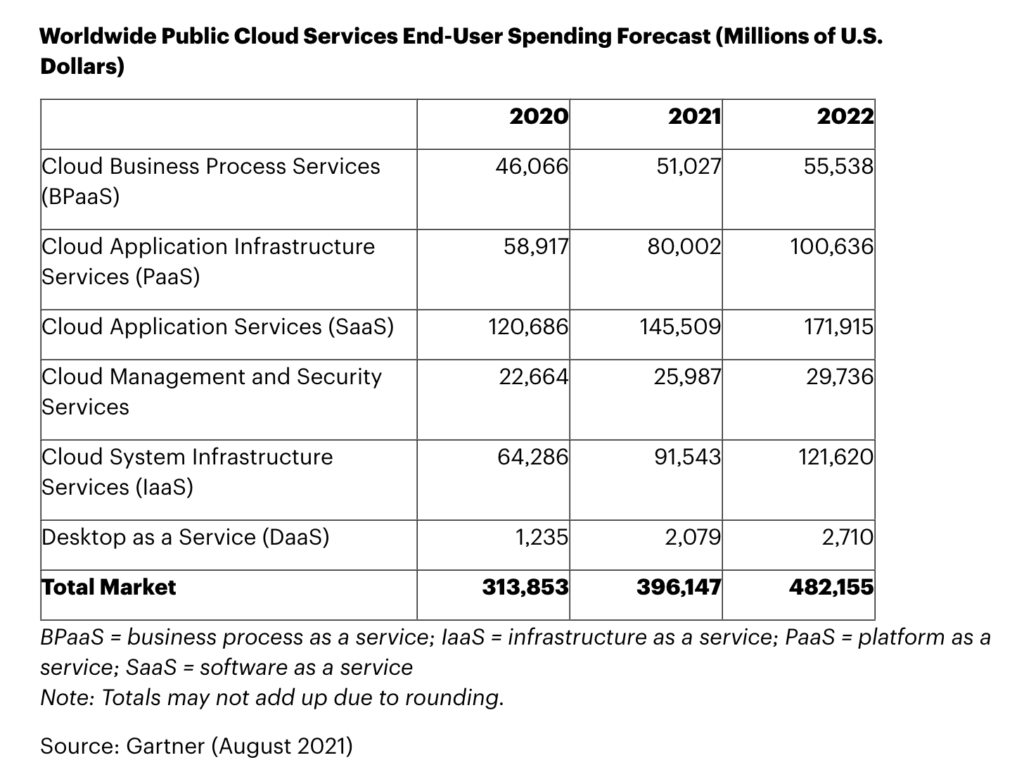Last week, I commented on a post about the Web 3.0 Manifesto Published on ReadWriteWeb. Richard MacManus offered three free tickets to the Defrag Conference 2008 for commenters suggesting the best “web 3.0” apps. Incentives are good (more on that shortly), but it’s an irresistible topic to me regardless of a contest.
I have to admit, I was tempted to make a snarky remark such as the Semantic App Generation Algorithm:
- pick any noun;
- put “semantic” in front of it
- put 2.0 or 3.0 after it (optional)
- issue a press release
But as the guy who coined the term semantic marketing (which, coincidentally, won a previous ReadWriteWeb comment of the day contest), who was I to throw stones? Besides, lots of commenters beat me to the punch, suggesting ideas from “semantic AJAX” (which you know we’re going to hear someone say with a straight face — SAJAX anyone? Pat Sajax?) to “semantic ice hockey”.
“Semantic” is losing its meaning. There’s irony for you.
However, I decided to comment about a subject that came up in my podcast with Paul Miller: what would it actually take for the Semantic Web to be adopted in the mainstream?
The short answer: marketing incentives.
As cool as top-down semantic web applications are because they work with the web “as is” — such as many of the current incarnations of semantic advertising — they are only “semantic” in the sense of trying to better parse meaning from text. That’s good for a taste of what’s possible, but the vision of the Semantic Web as a web of data reaches far beyond that.
To realize the vision of the Semantic Web, site publishers need to be the ones assigning authoritative meaning to their content with embedded semantic metadata — that can be used not only to programmatically relate content across the web with greater ease and accuracy, but to also provide powerful dimensionality to content. When the web is not all “flat text”, but a rich topography of structured data, we advance to the era of an awesome global database.
What’s holding us back is that adding and maintaining authoritative semantic metadata in web sites takes work. It requires site publishers to learn new skills and invest effort in semantifying their content. Right now though, there’s no real incentives for publishers to make that investment — there’s nothing out there that would clearly leverage that data and turn it into new business.
It’s a classic chicken-and-egg dilemma.
To break this stalemate, an incentive must be created to kick-start a virtuous cycle. I believe that the shortest distance to such a game-changing incentive is for the major search players — Google, Yahoo!, and Microsoft — to reward sites that have good semantic data with increased visibility in the search engines.
Two possible ways to do this:
- Adopt a SemanticWebRank — something analogous to Google’s breakthrough PageRank — that rates sites based on how good their semantic metadata is. Like PageRank, SemanticWebRank could leverage internal and external link structure (relationship structure) within the metadata, as well as correlating it with the site’s traditional link and content authority as check on its validity. This SemanticWebRank wouldn’t replace PageRank, but it would be one other factor that contributes to improving a site’s ranking in the results.
- In search engine results pages (SERPs), visually highlight those results whose pages include semantic data. This may be as simple as a marker indicating the presence of semantic data — maybe a Semantic Web Quality Score (e.g., great, okay, poor) — or as advanced as a way of visualizing some of the semantic relationships that are represented in the page. This doesn’t necessarily have to impact rank in the results per se, but can nonetheless help semantified pages stand out among the crowd. (This is kind of the approach that Yahoo! has taken with their SearchMonkey initiative.)
I know, there are spam issues to be wary of (aside: semantic spam = spem?). It’s not trivial, and many people who are way smarter than I could ever hope to be have been laboring over this exact challenge. It will likely take multiple iterations before we get it right.
But suspend skepticism of the technical challenge for a moment.
Search engine rankings and visibility matter deeply to businesses and marketing departments. Hundreds of millions of dollars and millions of hours are already invested in this mission today. If adoption of semantic metadata could become part of this existing mission, it would be the fastest, surest way to kick-start the Semantic Web.
Once a critical mass of sites include good semantic data in their pages — because it’s a part of their search engine optimization program — the opportunity will exist for other software programs other than the major search engines to leverage that data into a new generation of semantic web apps. That will in turn further incentive more and better semantic data to be published. And the virtuous cycle takes off…
Well, if nothing else, it won me a free pass to Defrag ’08.



(Slightly off-topic) Anent “semantic” losing its meaning, I think this is in part because of misuse or ignorant/out of appropriate context usage.
We’ve seen this happen with “leverage” (substituted for “use’ as a means of impressing one’s listeners with more syllablese) and paradigm (instead of “pattern” or “tempate,” because it’s in-crowd jargon. I like to pronounce it “pair-uh-dig-em.)
–Mike